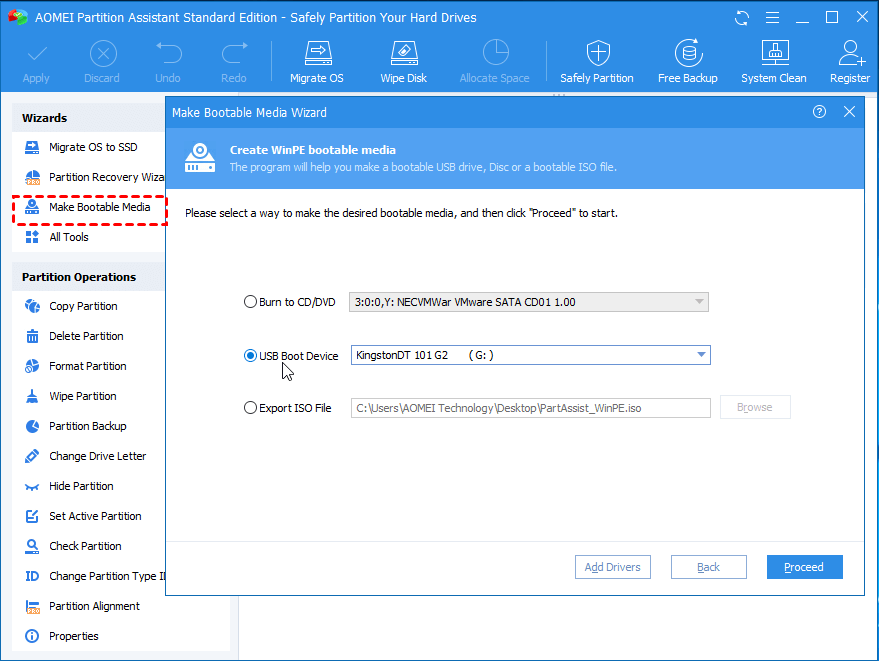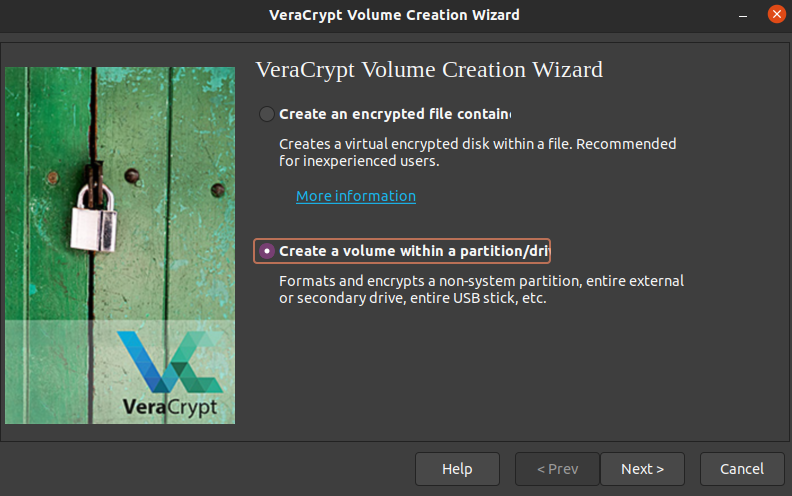

- Usual usb drive format serial#
- Usual usb drive format full#
- Usual usb drive format portable#
- Usual usb drive format software#
However, a USB port can be connected to a gateway that accesses distant devices. USB cables are limited in length, as the standard was intended for peripherals on the same table-top, not between rooms or buildings.Īs with all standards, USB possesses multiple limitations to its design: The USB interface is generalized with no signal lines dedicated to only one function of one device.A USB interface can be designed to provide the best available latency for time-critical functions or can be set up to do background transfers of bulk data with little impact on system resources.The wide range of transfer speeds available from a USB interface suits devices ranging from keyboards and mice up to streaming video interfaces.The USB standard eliminates the requirement to develop proprietary interfaces to new peripherals.
Usual usb drive format software#
The USB standard also provides multiple benefits for hardware manufacturers and software developers, specifically in the relative ease of implementation: When a user plugs a device into a port on a running computer, it either entirely automatically configures using existing device drivers, or the system prompts the user to locate a driver, which it then installs and configures automatically.

As such, USB devices often do not have user-adjustable interface settings.
Usual usb drive format full#
Usual usb drive format serial#
The Universal Serial Bus was developed to simplify and improve the interface between personal computers and peripheral devices, such as cell phones, computer accessories, and monitors, when compared with previously existing standard or ad hoc proprietary interfaces. Main article: USB hardware § Connectors Available connectors by USB standard
Usual usb drive format portable#
USB connectors have been increasingly replacing other types as charging cables of portable devices. Examples of peripherals that are connected via USB include computer keyboards and mice, video cameras, printers, portable media players, mobile (portable) digital telephones, disk drives, and network adapters. It has largely replaced interfaces such as serial ports and parallel ports, and has become commonplace on a wide range of devices. USB was designed to standardize the connection of peripherals to personal computers, both to communicate with and to supply electric power.



 0 kommentar(er)
0 kommentar(er)
